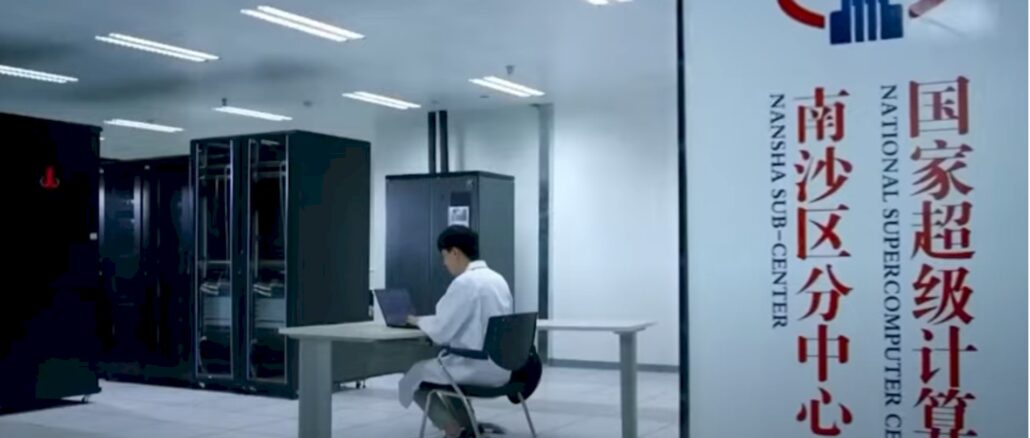
The Mystery Of Tianhe-3, The World’s Fastest Supercomputer, Solved?
We don’t like a mystery and we particularly don’t like it when what is very likely the most powerful supercomputer in the world – at this time anyway – is veiled in secrecy. …

We don’t like a mystery and we particularly don’t like it when what is very likely the most powerful supercomputer in the world – at this time anyway – is veiled in secrecy. …
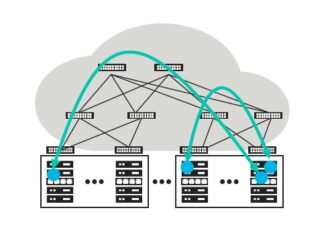
Marvell has had a large and profitable I/O and networking silicon business for a long time, but with the acquisitions of Inphi in October 2020 and of Innovium in August 2021, the company is building a credible networking stack that can take on Broadcom, Cisco Systems, and Nvidia for the $1.3 billion or so in switch chips sold into the datacenter each year, which is growing at about 15 percent a year to more than $2 billion by 2026. …
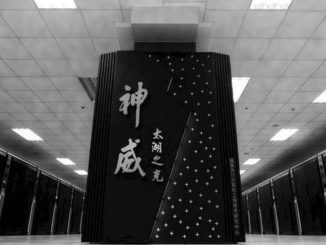
While we are big fans of laissez faire capitalism like that of the United States and sometimes Europe — right up to the point where monopolies naturally form and therefore competition essentially stops, and thus monopolists need to be regulated in some fashion to promote the common good as well as their own profits — we also see the benefits that accrue from a command economy like that which China has built over the past four decades. …

As an economic powerhouse and with a rising military and political presence around the world, you would expect, given the inherent political nature of supercomputing, that China would have multiple and massive supercomputing centers as well as a desire to spread its risk and demonstrate its technical breadth by investing in many different kinds of capability class supercomputers. …

What goes around comes around. After fighting so hard to drive volume economics in the HPC arena with relatively inexpensive X86 clusters in the past twenty years, those economies of scale are running out of gas. …
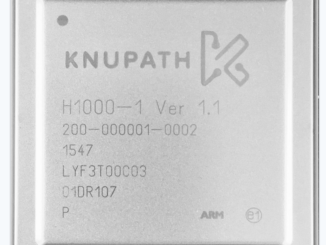
Chip startups come and go. Generally, we cover them because of novel architectures or potential for specific applications. …
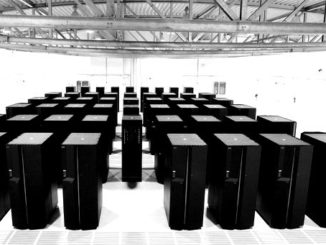
As we described in some detail in a previous piece that outlined the impetus for China to step up development of its own supercomputer chips following the trade restrictions for Intel chips in large Chinese systems, China will continue to stick to the accelerated machine approach for the upgrade of its top-ranked Tianhe-2 system. …
All Content Copyright The Next Platform